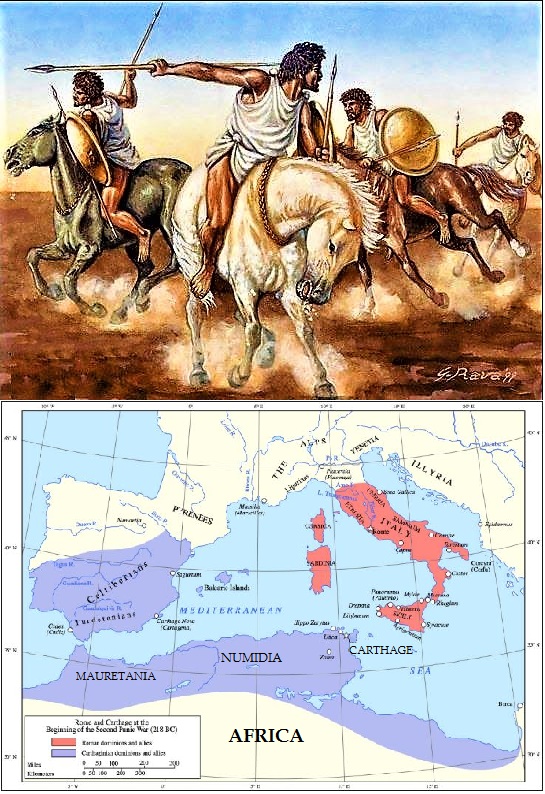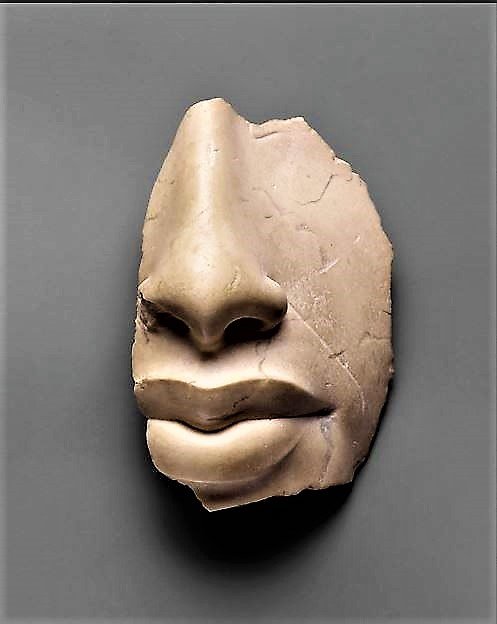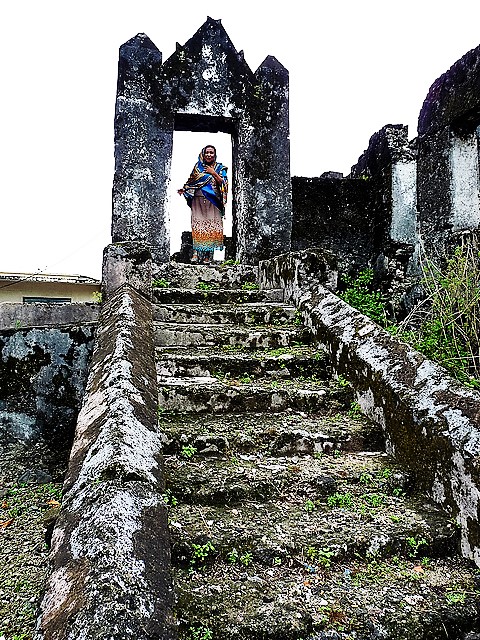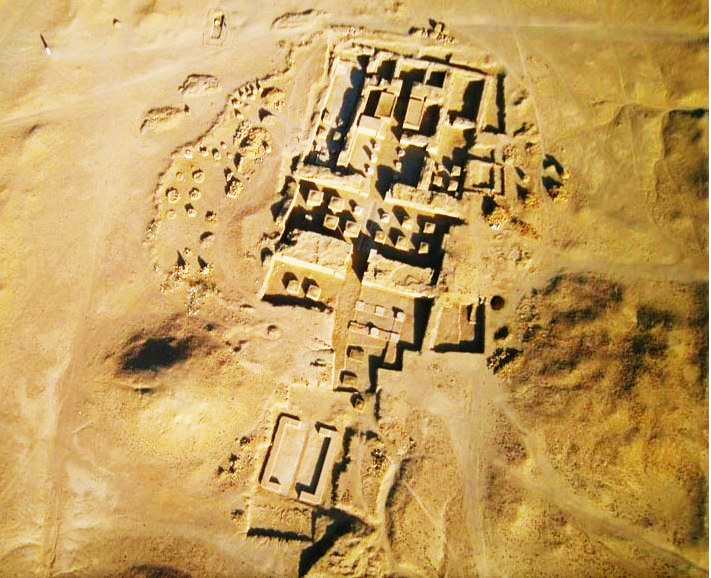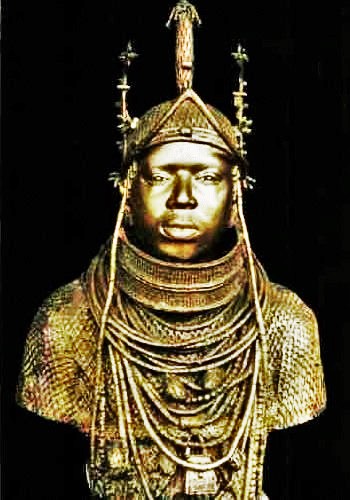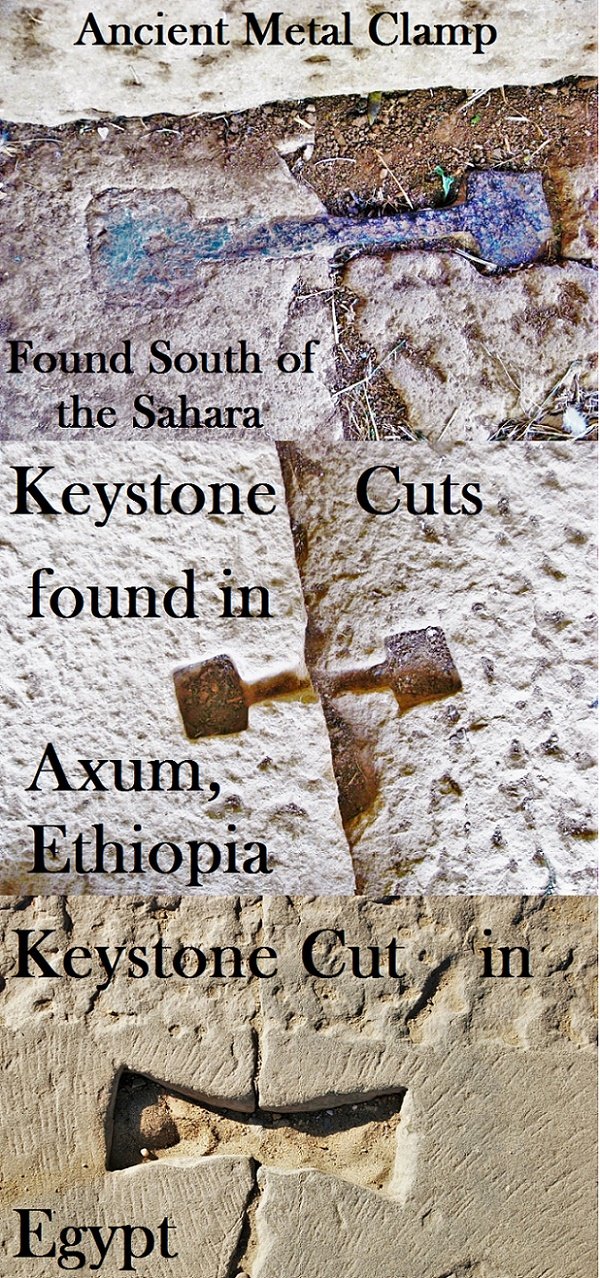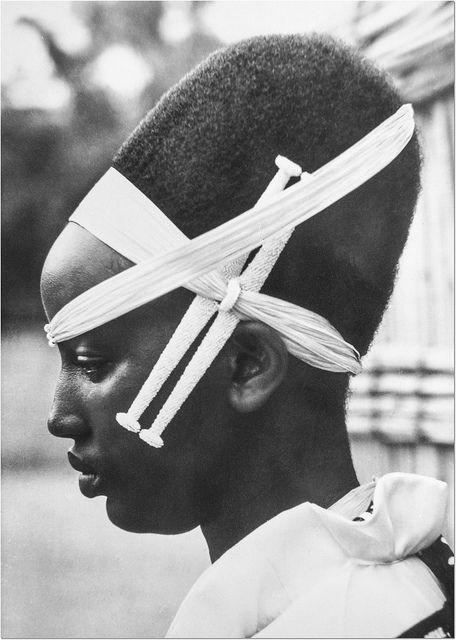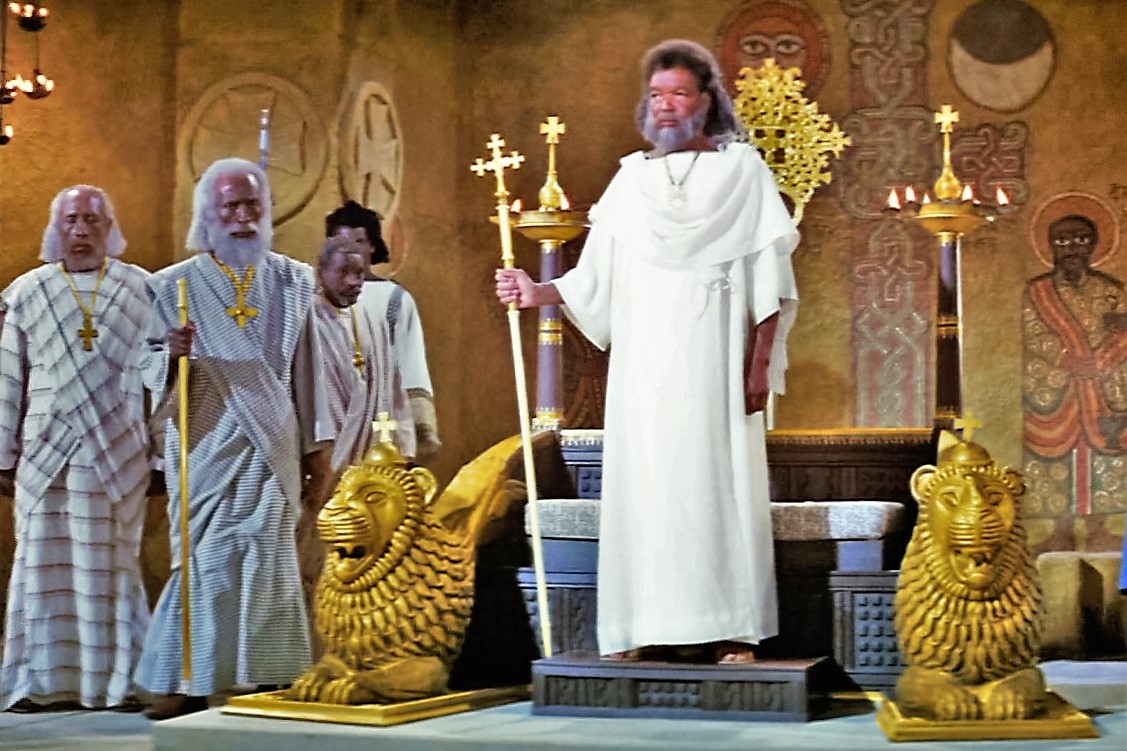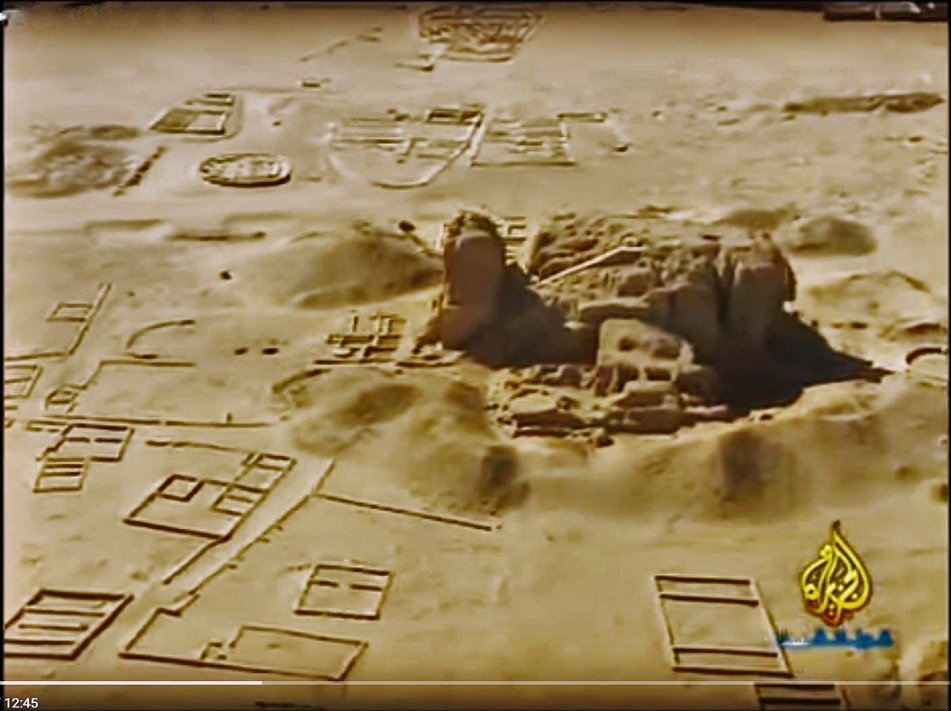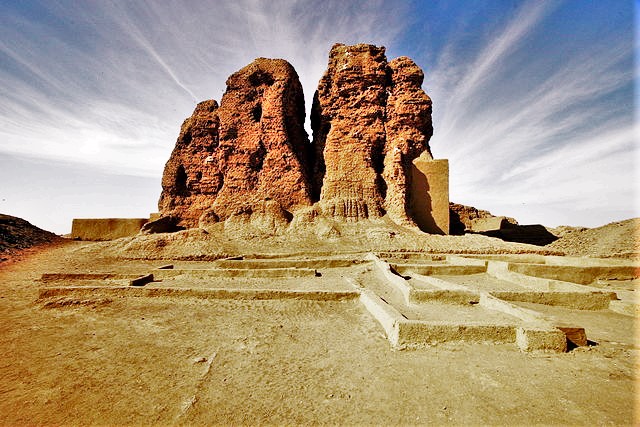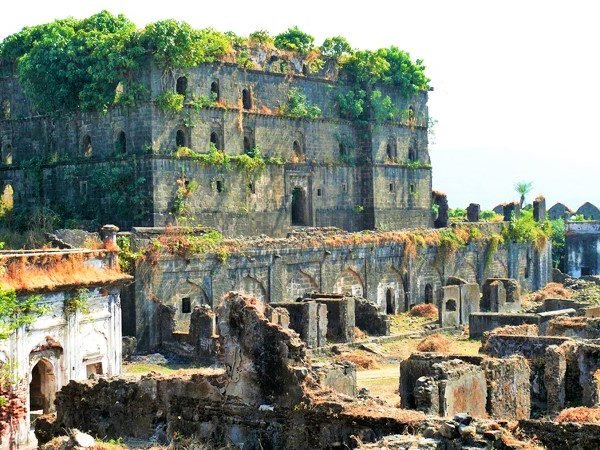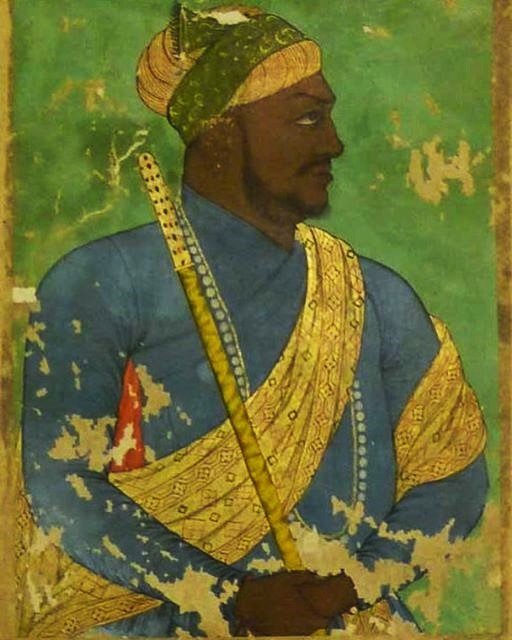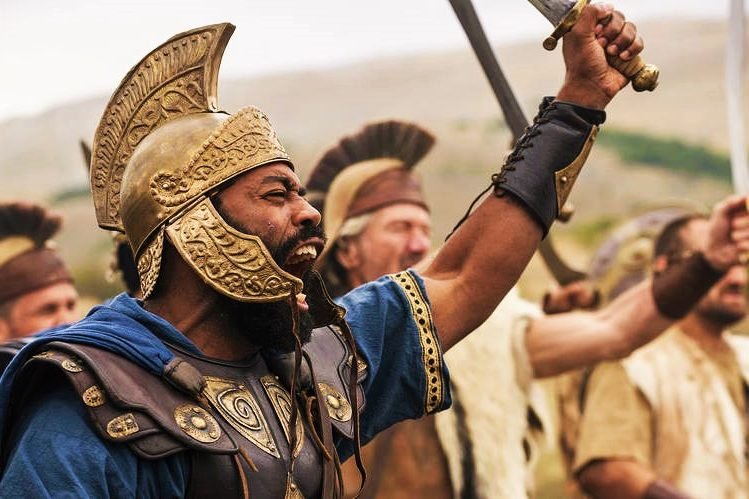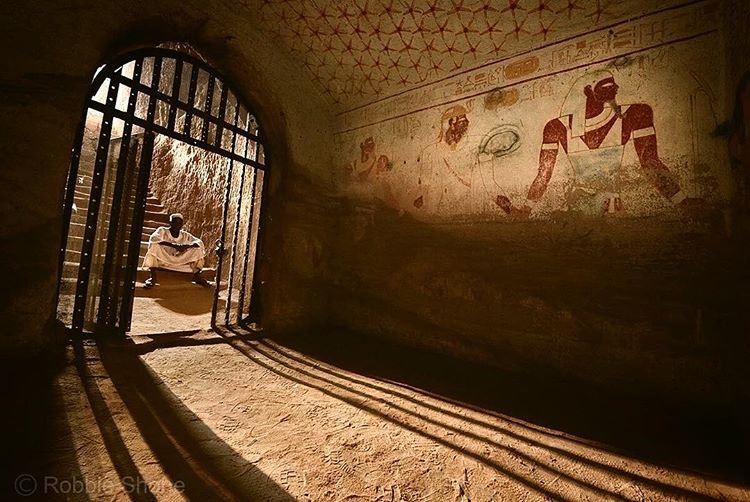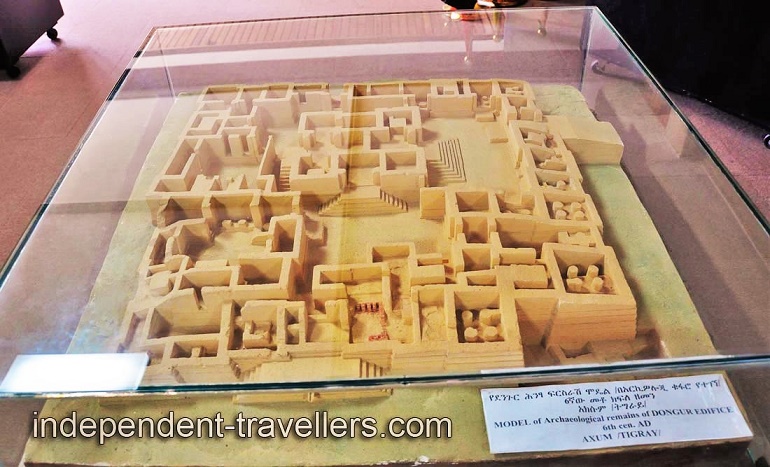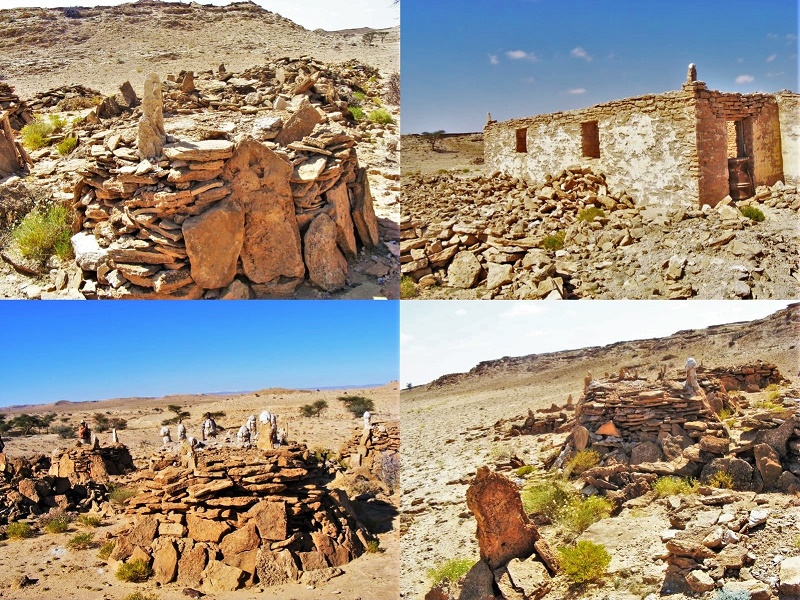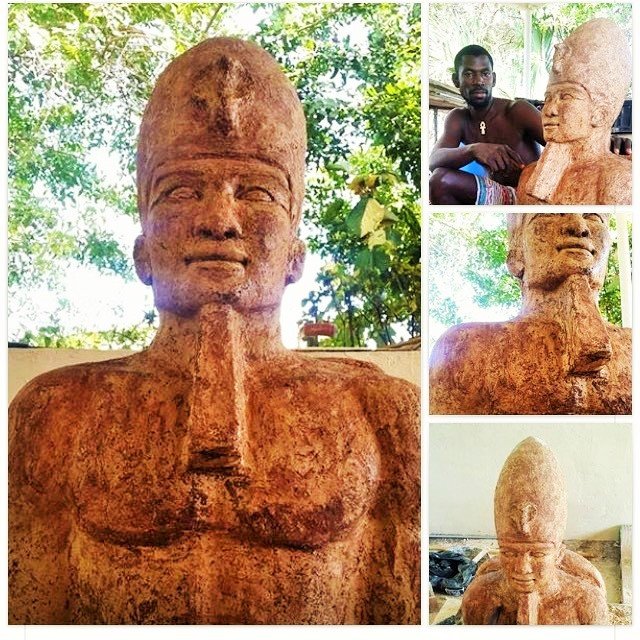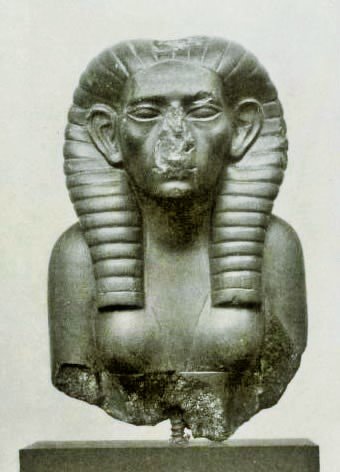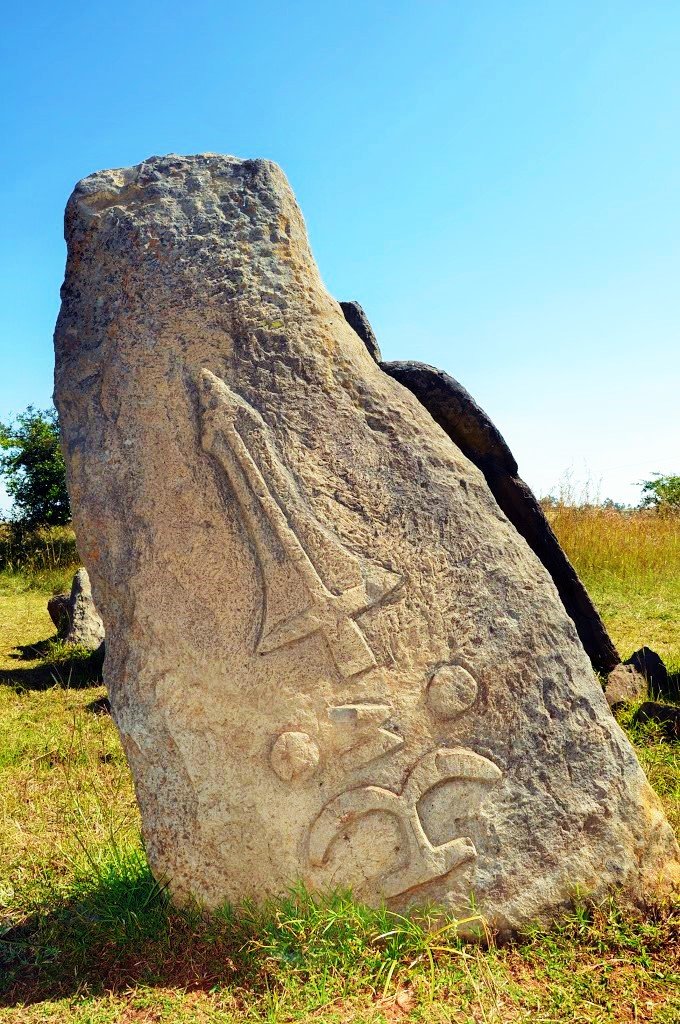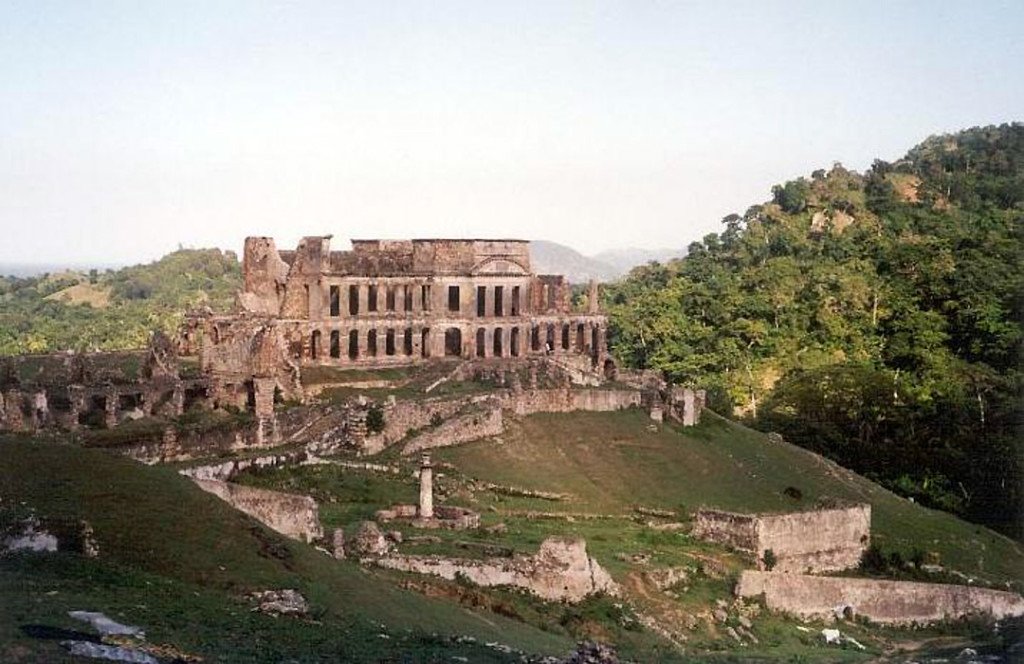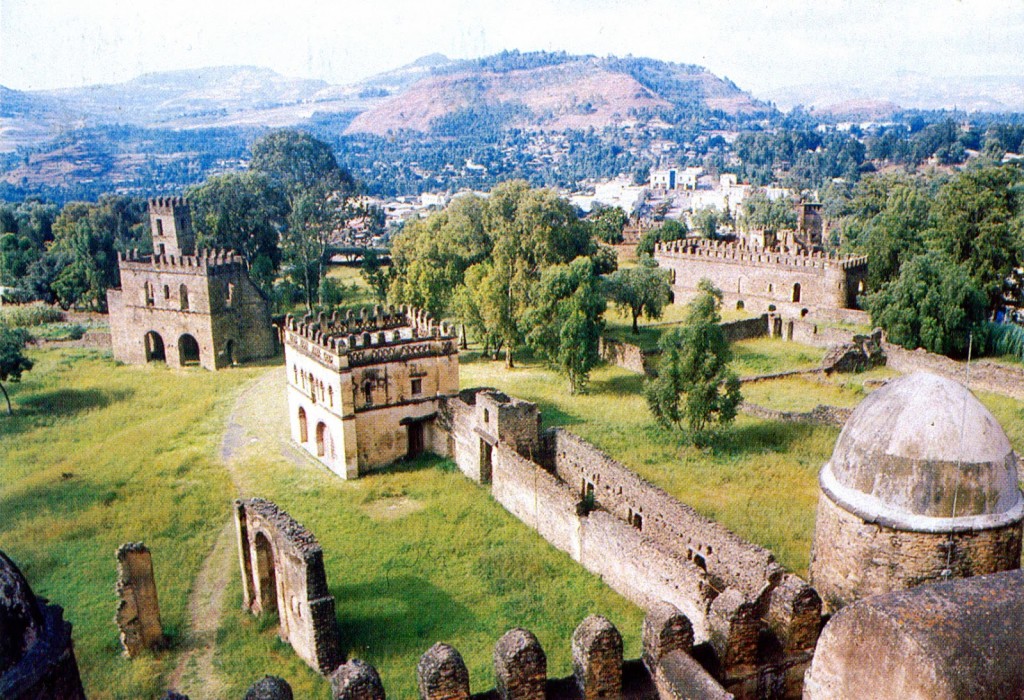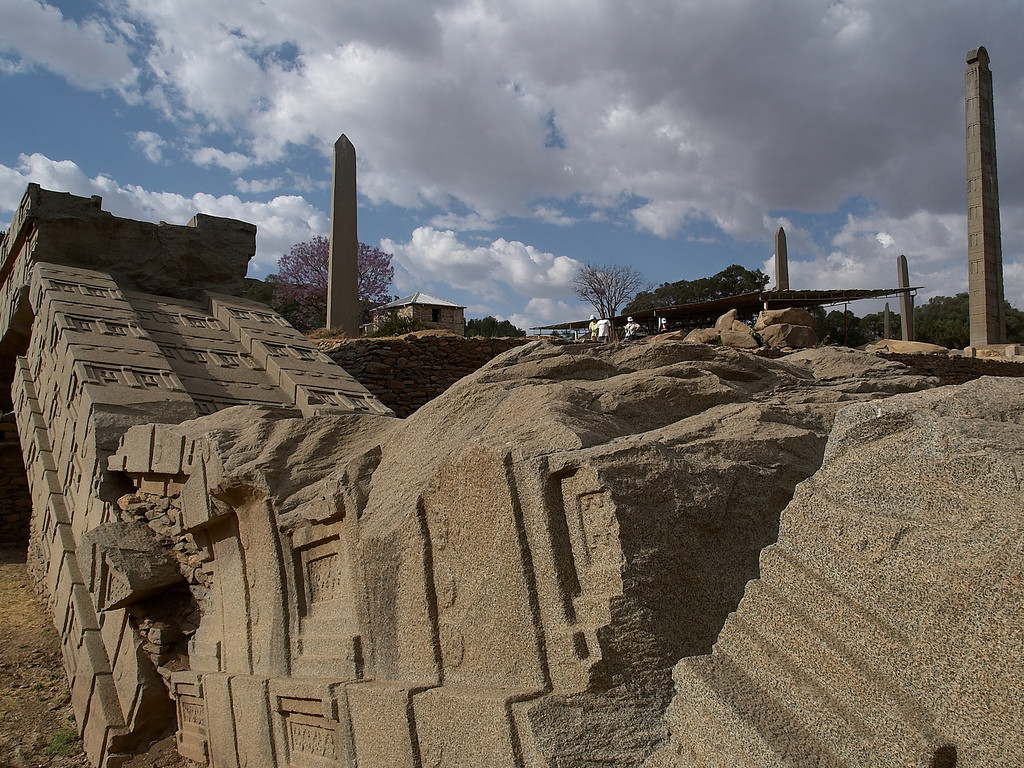Numidian cavalry was a type of light cavalry developed by the Numidians. After they were used by Hannibal during the Second Punic War, they were described by the Roman historian Livy as “by far the best horsemen in Africa.” The Numidian cavalry’s horses, ancestors of the Berber horse, were small compared to other horses of […]
Read MorePosts tagged African Kings
Lips of Akhenaten
Geographic Location – Africa Akhenaten meaning “Effective for Aten” known before the fifth year of his reign as Amenhotep IV (sometimes given its Greek form, Amenophis IV, and meaning “Amun Is Satisfied”), was an Ancient Egyptian pharaoh of the 18th Dynasty who ruled for 17 years and died perhaps in 1336 BC or 1334 BC. […]
Read MoreRuins of Funi Aziri Bangwe from Comoros, Africa
Funi Aziri Bangwe is a historic open space in the city of Ikoni on Ngazidja Island, located in the Comoros in the Indian Ocean between the African continent and Madagascar. Named after the young crown prince of Hambu, it is a remarkable example of a seventeenth-century bangwe, or public square. Today it is used primarily […]
Read MoreAncient Nubian Temple Found In Sudan, Africa
Archaeologists excavated a sprawling temple complex dedicated to the god Amun at the Sudanese site of Dangeil. Egypt’s most important and enduring relationship was, arguably, with its neighbor to the south, Nubia, which occupied a region that is now in Sudan. The two cultures were connected by the Nile River, whose annual flooding made civilization […]
Read MoreOba is the word for King in the Yoruba
There are two different kinds of Yoruba monarchs: The kings of Yoruba clans, which are often simply networks of related towns (for example, the oba of the Egba bears the title “Alake of Egbaland” because his ancestral seat is the Ake quarter of Abeokuta, hence the title Alake, which is Yoruba for Man of Ake. […]
Read MoreAncient Metal Clamp & Keystone Cuts found in Axum, Ethiopia, South of the Sahara, Africa
The keystone cuts were found near the tombs of King Remhai & King Kaleb? Once carved, molten metal was poured into the joint to strengthen it and stop lateral movement of ancient megalithic stones. I’m not sure as to why it seems like the general populous doesn’t know that Ethiopia has a 7,000+ year old history. I […]
Read MoreQueen Dowager Rosalie Gicanda
Queen Gicanda was the wife of Rwandan Mwami (King in the Kinyarwanda language) Mutara III of Rwanda. After her husband died in mysterious circumstances in 1959, the Rwandan monarchy lasted only two more years, under the leadership of Mwami Kigeli V of Rwanda and then coming to an end in 1961. This Queen looks similar to Princess Emma Bakayishonga. […]
Read MoreKing Negus Negash Najashi of Abyssinia, Africa
Negus is an Amharic word for King. The Negus was the Christian king of Abyssinia in the seventh century. Negus is a royal title in the Ethiopian Semitic languages. It denotes a monarch such as the Bahri Negus of the Medri Bahri in pre-1890 Eritrea and the Negus in pre-1974 Ethiopia. The title has subsequently been used to translate […]
Read MoreAncient Nubia, Kerma Graves in Sudan, Africa
The Kerma graves are distinct. They are circular pits covered with white or black pebbles in a circular mound. Four huge graves in the southern part of the site exist. They lie in rows surrounded by smaller graves. The diameter is 300 ft(9 m) covered with circular mounds of white and black dessert pebbles, 3 […]
Read MoreThe Deffufa Temples in Kerma, Nubia, Sudan at least 9,500 years old?
Ancient Architecture and urban planning by the Africans. One of its most endearing structure was the Deffufa, a mud brick temple which ceremonies were performed on top. It is 18 meters tall and comprises three stories. The deffufa is a unique structure in Nubian Architecture. Three known deffufa exist. The Western Deffufa at Kerma, an Eastern […]
Read MoreAncient African Elites in India
Its construction was financed by the African nawab Sidi Surur II, formerly an officer. The large, fortress-like structure erected on a knoll was the palace of the Nawab. It was built around 1707. The walls and floors of several rooms were decorated with colored glass. About 4,000 Africans built the fortress of Colombo in the late 17th […]
Read MoreAfricans In India as far back as the 4th century?
India and Africa have a shared history that runs deeper than is often realized. Trade between the regions goes back centuries – 4th century CE Ethiopian (Aksumite) coins have been found in southern India. Several African groups, particularly Muslims from east Africa, came to India as slaves and traders. On settling down in the country, […]
Read MoreBarbarians Rising: Hannibal
Tribe: Carthage Region: North Africa The elite force: Clad in bronze armor, the Carthaginians are a highly cultured tribe with a developed military and navy. Hannibal Barca, born c. 247 B.C., was the son of the great Carthaginian general, Hamilcar. The Barcas were a family of military leaders, the greatest generals of the Carthaginian armies. […]
Read MoreTomb of the Nubian King Tantamani
Quote: Our time is almost up and our two hour visit inside these two ancient tombs has come to an end. Uncle Ali waits patiently outside the gate of the Tomb of the Nubian King Tantamani (Tawentamani) at el-Kurru, which was originally excavated beneath the pyramids that are now partially collapsed. This tomb is completely […]
Read MoreEmpress ‘Adélina Lévêque Soulouque’ of Haiti
Adélina Soulouque (b. c. 1795-after 1859), née Lévêque, was Empress Consort of Haiti from 1849 until 1859, as wife of Faustin I of Haiti. Adélina was the daughter of Marie Michel Lévêque, a Haitian of mixed-race heritage. She had a long-term relationship with Faustin Souloque for many years. It was only in December 1849 that […]
Read MoreModel of Archaeological remains of Dongur Edifice, 6th century AD (Axum, Tigray)
Ethiopia, in the Horn of Africa, is a rugged, landlocked country split by the Great Rift Valley. With archaeological finds dating back more than 3 million years, it’s a place of ancient culture. Among its important sites are Lalibela and its 12th-13th century rock-cut Christian churches, and Aksum, the ruins of an ancient city with obelisks, […]
Read MoreAncient burial structures of former Kings from Qa’ableh, Somali, Africa
Most of these historical sites have still yet to be fully explored. The town is believed to harbor the tombs of former kings from early periods of Somali history, as evidenced by the many ancient burial structures and cairns (taalo) that are found here. Qa’ableh is a town in the northern Sanaag region of Somalia. […]
Read MoreAlternative visual concept for “GODS Of EGYPT” movie
Please keep in mind that Egypt was invaded numerous times in the past. –“The Sorceress”, illustrated by Chris Dacus They could cast actors that looks similar to the people in the Maghreb Region & as far down the Nile River which is an international river that flows through 11 countries that include Rwanda, Burundi, Tanzania, Uganda, […]
Read MoreA Statue Of An Egyptian King Sculpted
All Done By Hand From Limestone. This was created in only a few days. Artist seen here – Mr. Robertson The owner, Jacques Belony, created this company to satisfy customers through precise art works and creativity. At Jacques Stone Masonry, they offer a wide range of masonry services. Not only do they specialize in natural stone and […]
Read MoreThe Beauty Of Sobek
Head of Queen Neferusobek Berlin Egyptian Museum Sobekneferu (sometimes written “Neferusobek“) was an Egyptian woman reigning as pharaoh after the death of her brother Amenemhat IV. She was the last ruler of the 12th Dynasty and governed Egypt for almost 4 years from 1806 to 1802 BC. Her name means “the beauty of Sobek.” Sobekneferu had an older […]
Read MoreMegalithic Stones of Tiya, Ethiopia, Africa
In April 1935, one of the Tiya stones, engraved with a sword symbol, was discovered during a German expedition. Tiya is among the most important of the roughly 160 archaeological sites discovered so far in the Soddo region, south of Addis Ababa. The site contains 36 monuments, including 32 carved stelae covered with symbols, most […]
Read MoreBuilt in 1810-1813. Sans Souci Palace, Milot, Haiti
What was left out of your history books. Panoramic view of Sans Souci Palace, Milot, Haiti. This castle/palace was built by Haitians who are mostly of African descent. I bet you didn’t know this is on the UNESCO WORLD HERITAGE SITE. This is currently a tourist attraction. Globe trotters seem to know about this stuff and are not […]
Read More7 Emperor’s Castles In Gondar, Ethiopia, Africa
I bet you didn’t know we have castles in Africa too! Unfortunately this wasn’t considered important enough to put in our standard beginners history books, but guess what !? Better late then never right? 🙂 Don’t believe me? You can find it on Google Earth! Click on the World Heritage site below. Gondar or Gonder […]
Read MoreAksum the ancient city with tombs & the largest megalithic obelisks in Ethiopia, Africa
The enormous obelisks in Aksum, Ethiopia are much bigger than the famous obelisks in Egypt. The city of Aksum emerged several centuries before the birth of Christ, as the capital of a state that traded with ancient Greece, Egypt and Asia. With its fleets sailing as far afield as Ceylon, Aksum later became the most […]
Read More
